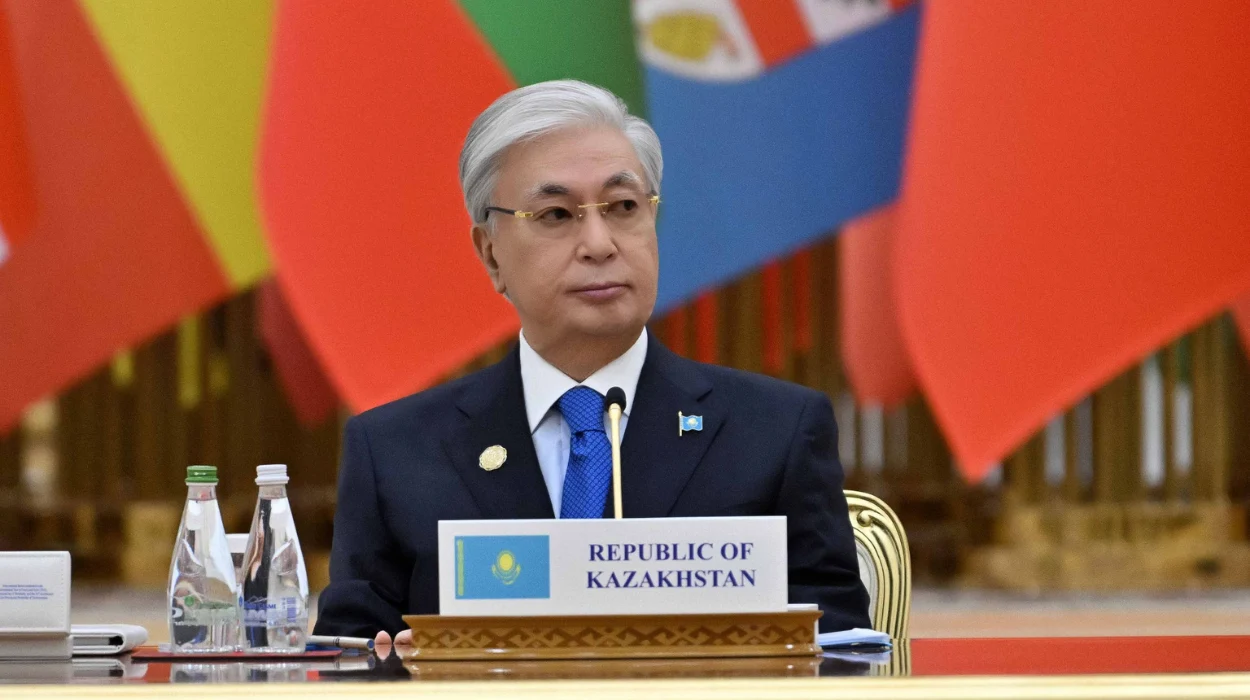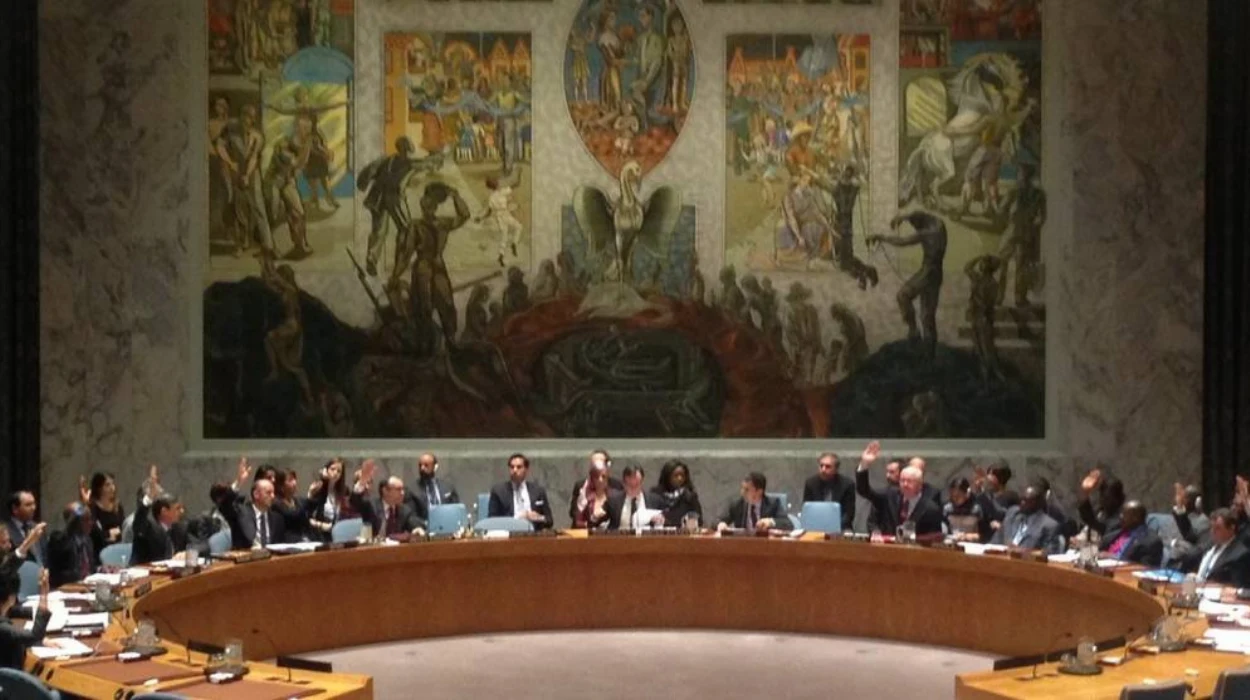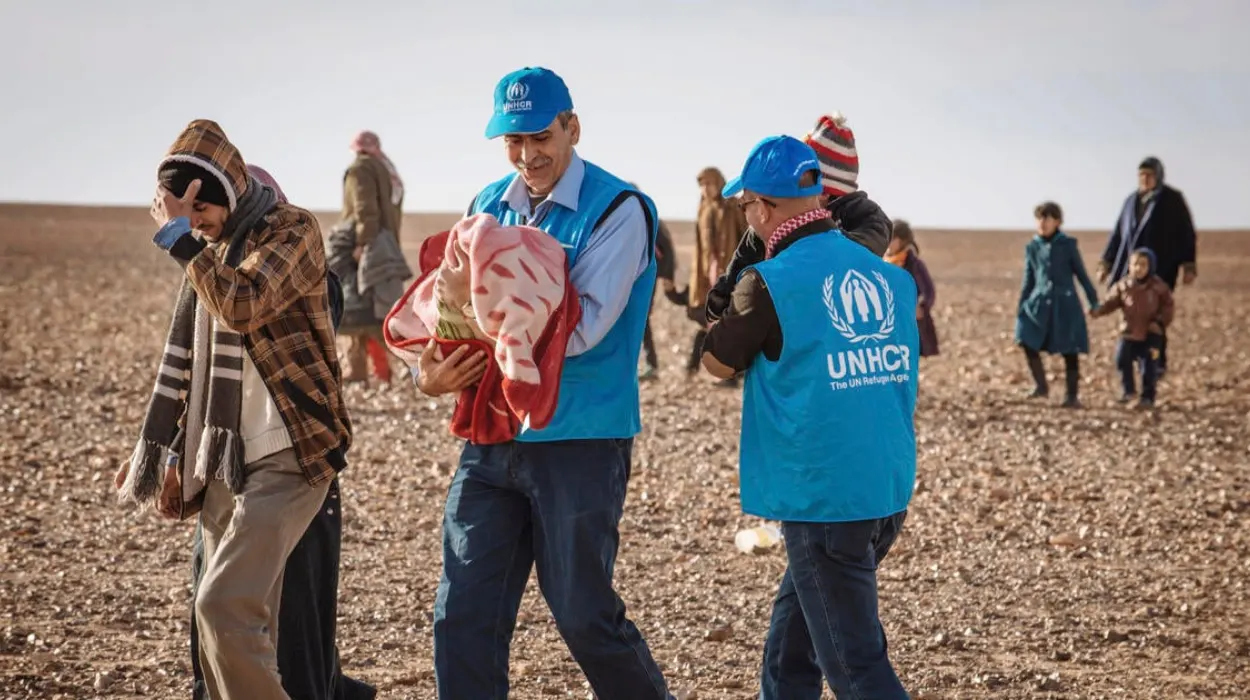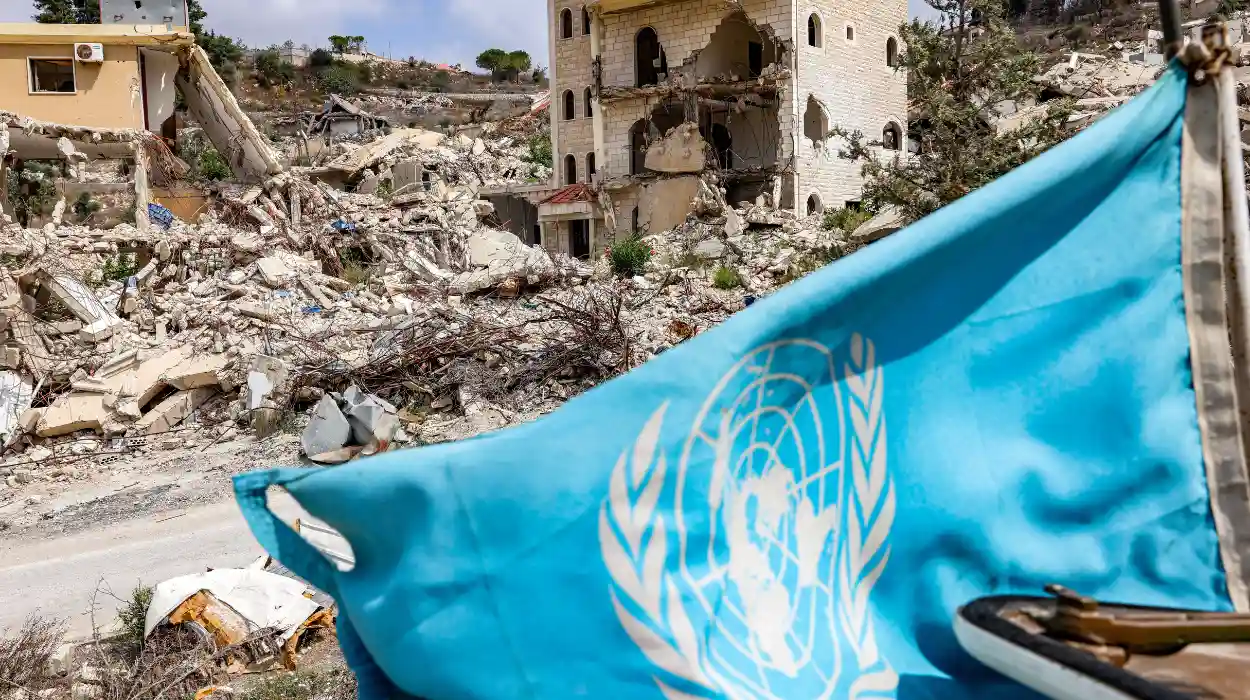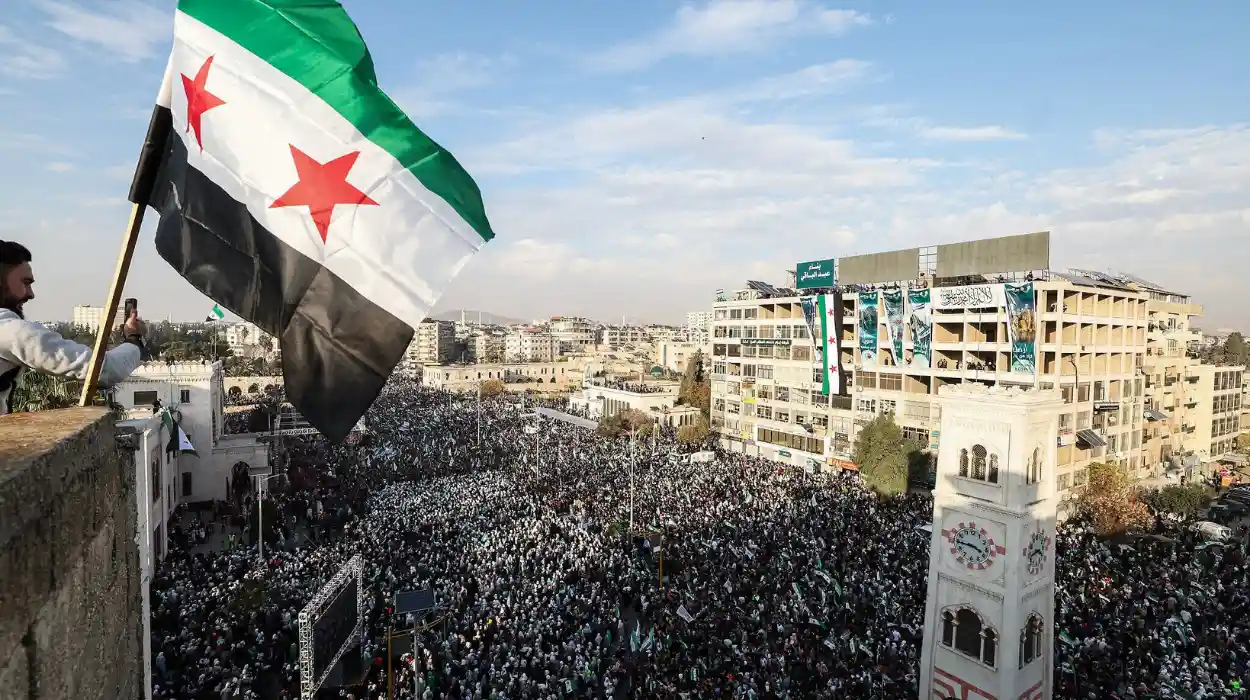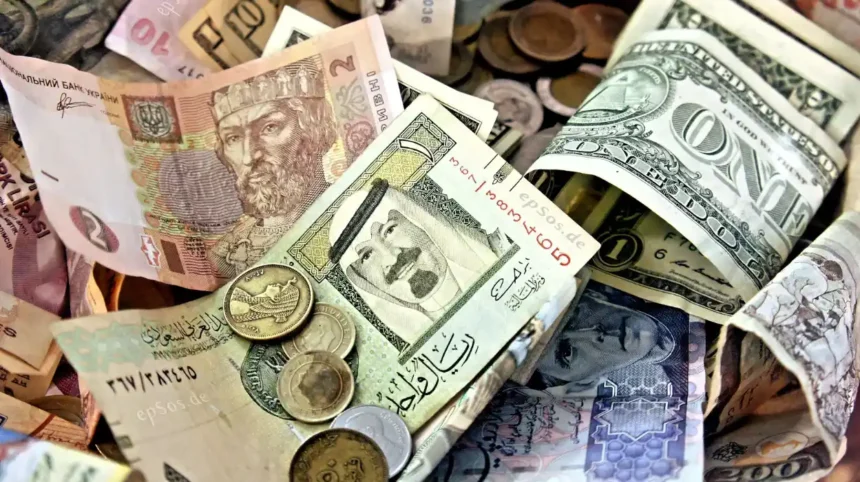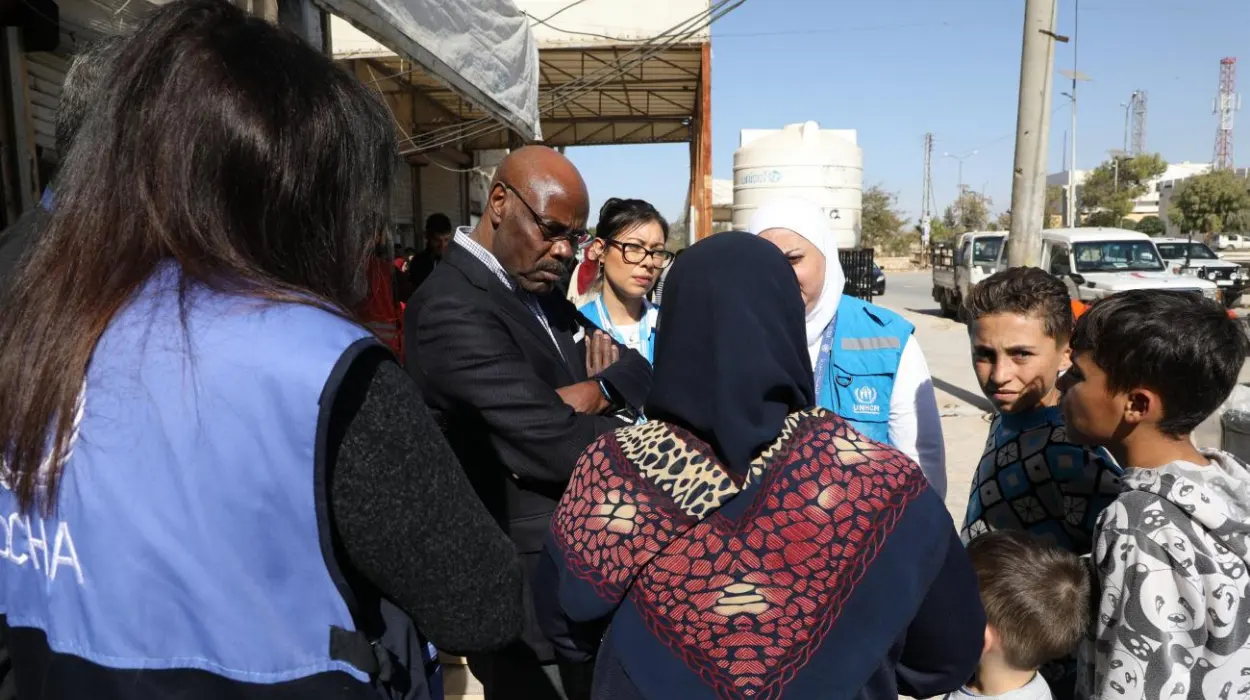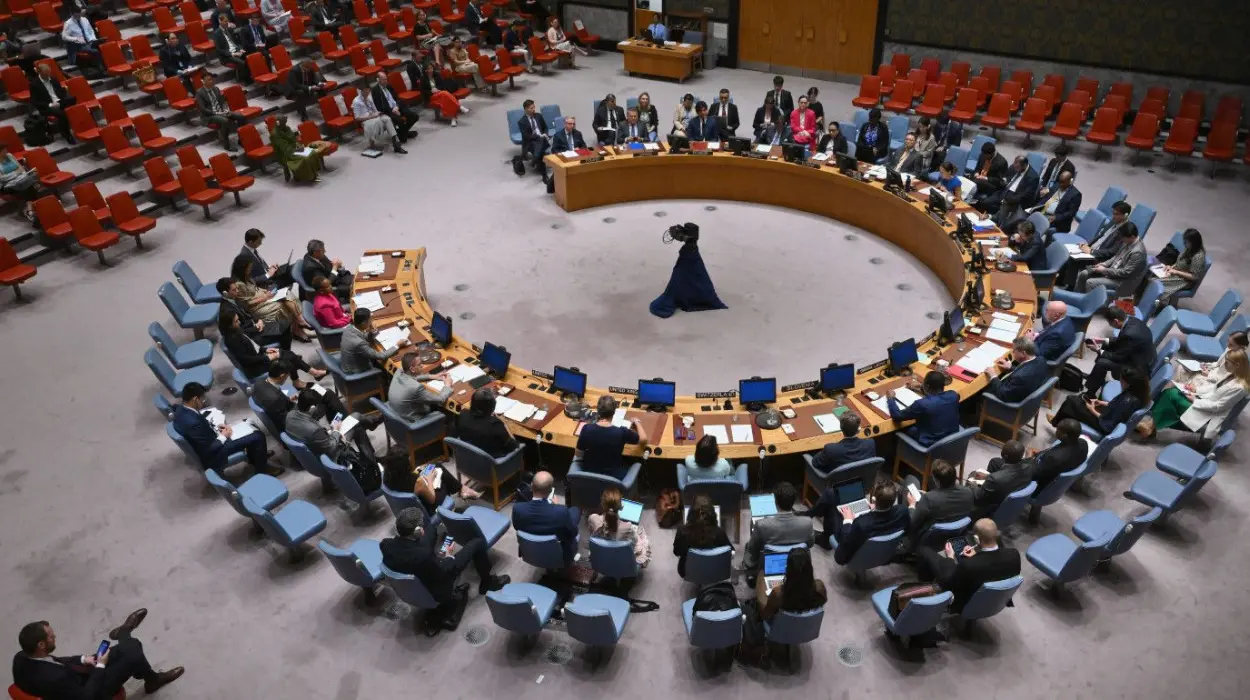The inter-governmental collaboration between non-governmental organizations and the United Nations is one of the pillars of international governance, especially in humanitarian aid, sustainable development and peacebuilding areas. Field level expertise, community mobilization, and support of logistics are offered by NGOs, whereas the UN offers international coordination, institutional legitimacy, and funding mechanisms. However, with the increase in the complexity of these relationships, the challenges that lead to the top spot in the list increase as well, and they are the risks of being corrupted which put the chances of impact and credibility at risk.
In 2025, questioning of accountability in these associations has heightened. Increasing humanitarian demands under the influence of climate catastrophes, conflicts, and displacement have challenged the delivery of billions of emergency aid via multilateral avenues, often within considerable deadlines. The Global Aid Integrity Report 2025 published by Transparency International named NGO-UN partnerships as one of the most corruptible, based on disjointed oversight mechanisms, duplication of functions, and disparate monitoring. The rising trend of delegation to local NGOs in various jurisdictions has rendered total tracking of financial and accountability incredibly challenging.
Although the UN is keen on efficiency in the response to a crisis, the organization is increasingly under attack because the rapid disbursement models undermine due diligence. This conflict between expediency and control characterizes the corruption environment of 2025 and details the reason why governance reform has become one of the key issues of concern throughout the global aid system.
Areas of corruption vulnerability in NGO-UN partnerships
The most apparent form of corruption in the NGO-UN systems is financial irregularities. The local NGO partners were caught overstating procurement expenditures, forging invoices, or transferring project finances in other 2025 UN oversight investigations. An example of such manipulation was mentioned in a report issued by the UN Office of Internal Oversight Services (OIOS) in respect of field operations in East Africa, where the contracting of logistics and food supply was done through collusion between NGO staff and local contractors.
These cases are not only damaging trust, but also cause distortion of aid distribution. In situations where humanitarian intervention requires accurate distribution of resources, this mismanagement causes direct damage to the beneficiaries and discredits both the NGOs and UN agencies.
Governance overlap and audit opacity
Financial structures of the UN and NGO have a tendency to blur the responsibility lines. Project budgets are also managed together making it difficult to carry out external audits and the responsibility chain becomes unclear. Lack of standardized reporting tools in the various UN agencies complicates this issue. Analysts caution that the expansion of parallel financial systems will be a welcome to duplication and erosion of traceability.
This vulnerability is increased by emergency operations. Quick mobilization necessities and provide loopholes in supervision that enable loopholes to exist. Despite the reforms, which are technologically motivated, incomplete data entry and disjointed reporting still restrains transparency in field operations.
Political interference and donor-driven influence
The other dimension of corruption risk that is also developing is the politicization of NGO-UN funding. Donor governments are becoming more intimidating over who gets contracts or project grants by NGOs, and the one that is allied to their foreign policy goals. The Global Accountability Project 2025 report outlined numerous examples of how political preferences determined the flow of resources and marginalized local NGOs and biased the priorities of assistance. This kind of practice undermines the objectivity of humanitarian ideals and blurs local ownership- both of which are core in sustainable development.
Stakeholder perspectives and evolving accountability measures
The UN leadership has taken note of the fact that credibility can only be restored through systemic changes. In early 2025, the Secretary-General introduced the Transparency and Integrity Framework, whereby the digital monitoring of all the projects implemented by NGOs is mandatory by use of blockchain-based registries. The purpose of this initiative is to give real time access to fund movements, both between headquarters and the field points of distribution. Pilot projects in Lebanon and Sudan showed significant savings in financial discrepancy.
The reforms are also focused on protection of the whistleblowers- which is a very important but traditionally weak sphere of the UN system. The UN aims to promote internal accountability by providing more avenues of reporting and protection of informants against retaliation. One of the senior officials at the Office for Project Services (UNOPS) said that transparency should not be a rhetoric but a working principle that is enshrined in all phases of project delivery.
NGOs have also raised their voices on how to better internal governance. The 2025 NGO accountability forum highlighted the introduction of transparency codes that are similar, along with third-party audits. Local institutions, which are usually underrepresented in reform debate, have pressed the need to build capacity to enhance the implementation of compliance standards especially in post-conflict or weak environments where corruption risks are most intense.
The expectations of the donor nations have also been realigned. A number of key donors such as Germany, Canada and Japan have made future aid distributions on the condition of demonstrating good governance. The lack of trust in the donor nations has pushed the policy-makers to explain the spending on foreign aid by increasing the anti-corruption conditionalities.
Implications for global development and institutional legitimacy
There are far-reaching consequences of uncontrolled corruption in NGO-UN alliances than the loss of money. Misappropriated funds of aid will undermine life-saving efforts, will continue to propagate disparity, and will foster the alienation of the masses to international organizations. In weak states, local conflicts can even be fueled by the diversion of resources by entrenching the corrupt elite or the exclusion networks.
In the case of the UN, there is the credibility issue. The duty of being a custodian of global cooperation relies on the need to carry out ethical and transparent operations. The recent years have seen high profile scandals of mismanagement in field missions and increased calls have risen to structural reform. The 2025 reform agenda signifies acceptance that to realize Sustainable Development Goals (SDGs), one does not need financial investment but also institutional integrity.
Strengthening the transparency in partnerships can spread over governance systems. By enforcing strict supervisory structures together with the NGOs and UN agencies they introduce precedents, which empower and build civic confidence within the national institutions. On the other hand, lack of action on corruption issues will encourage distrust on multilateral governance on an overall basis.
The balance between swift aid delivery and accountability
The necessity to provide humanitarian assistance speedily is increasing as the crises multiply around the world due to prolonged wars in Sudan and Myanmar or natural disasters caused by climate changes in the Pacific. However, the pressure of timely delivery will usually come into conflict with the need to be accountable. This tension is core to the governance debates in 2025 in the UN structures.
The development of technological innovations provides possible solutions. Increasingly, UN activities are being reshaped by the use of digital procurement systems, remote audit systems and AI-based fraud detection tools. Nevertheless, technology cannot replace ethical leadership, institutional culture as well as political will. There is a need not only to reform the systems but also to change incentives, not based on short-term outcomes but on sustainable and verifiable outcomes.
According to the experts, the actual measure of progress is whether the local actors: communities, governments, and NGOs become more agency holders in the process of oversight. The ability of the recipient to track performance of the project could be the best deterrence to corruption as accountability is no longer forced on the recipient, but it becomes an obligation.
Toward resilient and transparent global partnerships
The fight against corruption in NGO-UN partnerships reflects a broader struggle to adapt global governance to the realities of 2025. As aid operations become more decentralized and politically entangled, ensuring transparency requires multi-layered coordination across agencies, donors, and local partners.
The current reform wave suggests a growing awareness that the legitimacy of global institutions depends on credible, corruption-free practices. But achieving this balance remains a formidable challenge, one that tests not only bureaucratic efficiency but the moral foundations of international cooperation itself.
In a world increasingly defined by crisis and complexity, the question is no longer whether corruption risks can be eliminated, but how effectively they can be managed without sacrificing the speed, inclusivity, and trust essential to global solidarity.


